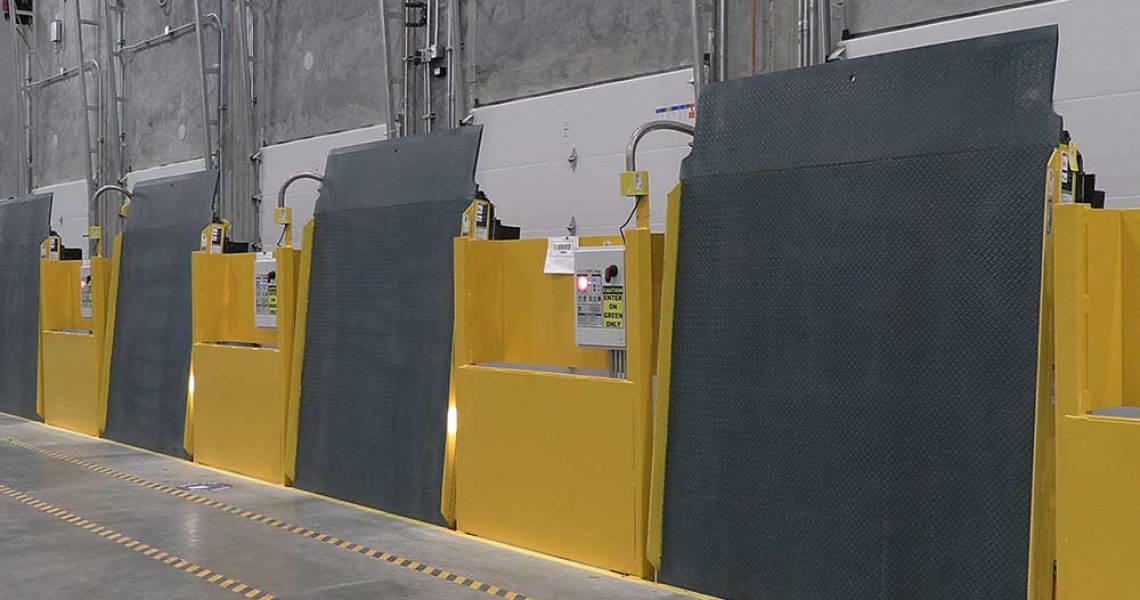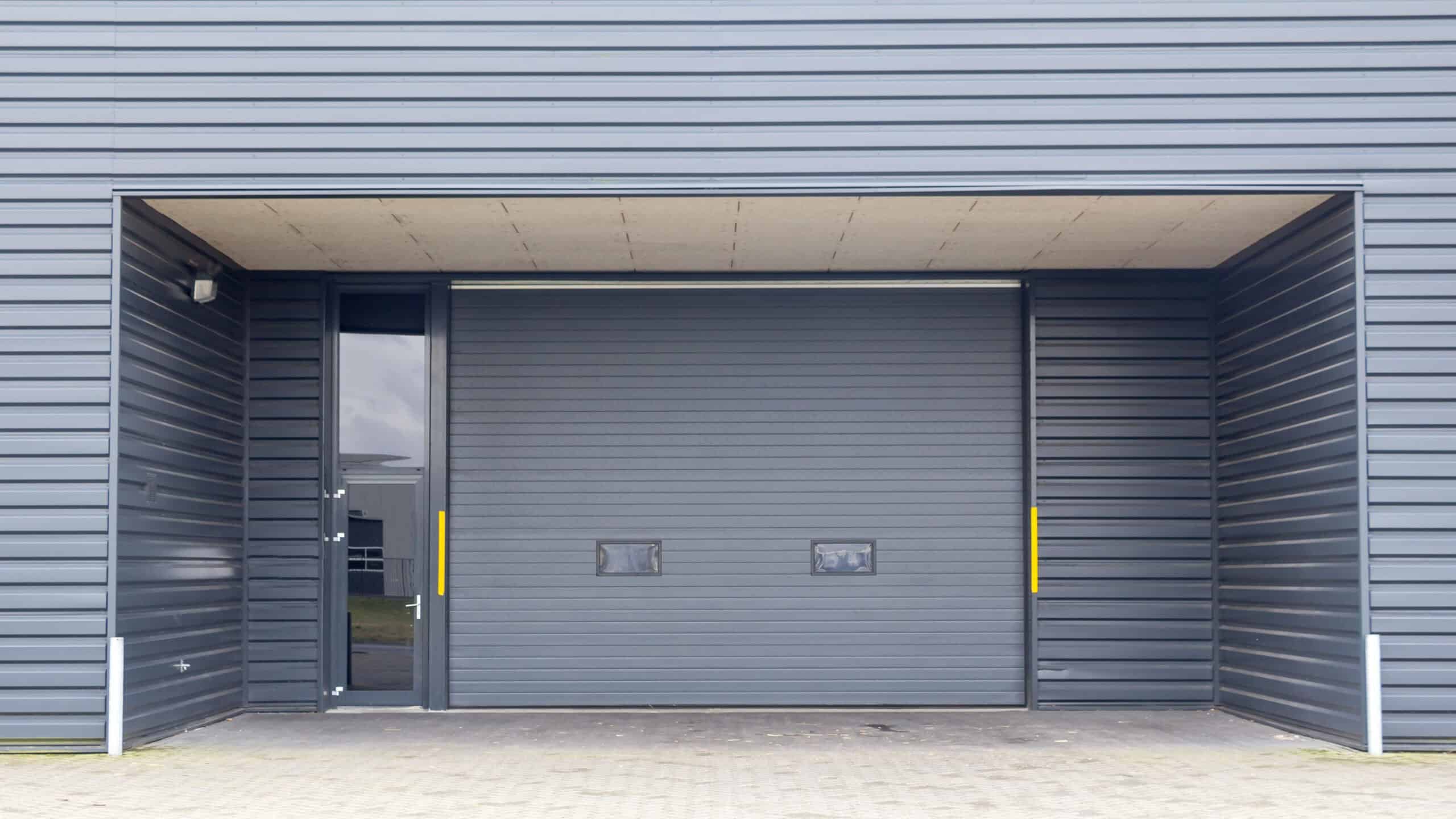Hundreds of lorries and trucks visit warehouses and distribution centers globally to deliver substantial amounts of cargo. Commercial facilities and warehouses operating the loading and unloading of products require state-of-the-art loading dock equipment.
Appropriate loading dock equipment is critical to ensure the efficient and secure handling of goods. Unsafe work practices may lead to hazardous and costly accidents. The market allows consumers to choose between a plethora of incredibly safe loading dock equipment like levelers, shelters, load houses, and other accessories. Here, we discuss different loading dock equipment and why you need them:
What is Loading Dock Equipment?
A loading dock refers to an area in a building’s sidewall where trailers and shipping containers load and unload shipments. To ensure that the loading bay is efficient and safe, planners utilize an array of different loading dock equipment and attachments.
By employing the latest, most revolutionary products dock equipment, minimize risking the workers’ safety and the goods. Typically, loading dock equipment entails attachments, lightning equipment, devices that offer protection from the weather, and building-to-vehicle communication products.
The Types of Loading Dock Equipment
Loading dock equipment is of several types, which are as follows:
1. Security
Loading dock equipment manufacturers striveto ensure safety. These helpsecure the trailer, shipping container, or car from the dock face, exterior walls and make sure your vehicle doesn’t shift away.
2. Gap Bridging
Gap bridging devices help ensure proper alignment of the trailer’s floor with the floor of the dock. The devices may also help adjust the elevation of your vehicle, as well as bridge the gap.
3. Lighting
Lightning equipment helps brighten up the work area. Apart from that, lighting devices ensure communication between personnel at the dock and the trailer, truck, or car driver.
4. Weather Protection
Weather protection products are critical to areas that experience rain, snow, ice, heat, and humidity. Exposure to such elements may harm goods, as well as workers. Thus adequate protection is critical.
Necessary Loading Dock Equipment
Here’s an exhaustive list of necessary loading dock equipment that ensures your loading dock is complete with adequate equipment:
1. Dock Bumpers
Dock bumpers protect your dock from wear and tear that comes from day-to-day use by massive lorries and trucks. Moreover, the high-quality rubber is an excellent way of guiding trucks and lorries back into the dock without causing any damage.
2. Dock Leveler
A convenient and safe way of connecting vehicles to the loading dock’s interior, dock levelers help ensure ease when vehicles load and unload.
3. Dock Lift
Dock lifts perform similar to the scissor lift and also offer ease and security when loading and unloading goods. However, these allow users to reach greater heights. Thus, making it an attractive option for docks that exist super high above the ground.
4. Dock Seals
Dock seals refer to foam blocks against which lorries and trucks park up. These are typically present in cold regions since the foam can offer an extra layer of protection from the harsh weather.
5. Vehicle Restraint System
It refers to a robust metal hook that attaches to the bottom of the dock. In turn, it ensures a connection with the frame or rear bumper of the trailer, whether the lorry is at rest or loading and unloading.
6. Dock Lighting System
A portable light that illuminates your area, dock lighting systems are critical for nighttime loading and unloading operations. Moreover, they are necessary during the winter season when daylight is less.
7. Communication Lights
Communication lights look a lot like traffic signals. These two/three-light devices help signal truck drivers whether it is safe to dock the vehicle or depart or not. The interior light station helps notify warehouse workers that a vehicle is present in the vicinity.
How is Loading Dock Equipment Utilized?
Loading dock equipment is available in an extensive range that allows users to enjoy using it throughout the docking process. Here’s how dockers use loading dock equipment:
- Shipping- When outbound shipments are departing the facility
- Receiving- When inbound shipments reach the facility
- Yard- If the building lacks elevated dock openings, or if each opening is in use, loading and unloading may occur in the yard.
What are the Benefits of Loading Dock Equipment?
Loading dock equipment offers a plethora of different benefits to users based on which equipment you use. Here we discuss the top benefits of employing various loading dock equipment:
- Loading dock levelers ensure a smooth delivery between forklifts and trailers.
- Dock levelers help prevent accidents that can potentially harm your product, the operator, or the forklift.
- Loading seals and shelters are a budget-friendly way to regulate the weather in your warehouse. Moreover, they protect your personnel and goods from elements.
- Loading dock seals ensure the smooth running of processes by taking the task of ensuring appropriate safety off of your shoulders. Thus, using these allows users to increase productivity and efficiency in your loading dock area.
- Loading dock equipment is typically easy to use, which means that workers can perform tasks themselves without worrying about recurring issues.
- Vehicle restraints help provide stability by ensuring that the trailer or loading truck stays in place while workers load and unload goods.
- Dock lighting systems boast bright beams that ensure your warehouse is well-lit during the darkest and coldest nights.
- State-of-the-art loading dock machinery allows users to lift heavy weights without any problems. In fact, they can lift weights up to 10,000 pounds.
- Communication lights help ensure a safe and secure entrance and departure.
The Takeaway
Docks experience a considerable amount of traffic from trailers, shipping containers, and rail cars that unload and load goods. To ensure safety while executing the different tasks during the movement of goods, you must utilize top-tier loading equipment.
Be sure to consider your loading bay’s unique needs to ensure you purchase the right loading dock equipment with all the necessary features.





